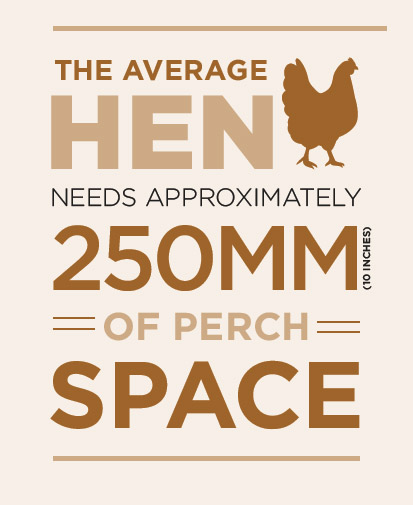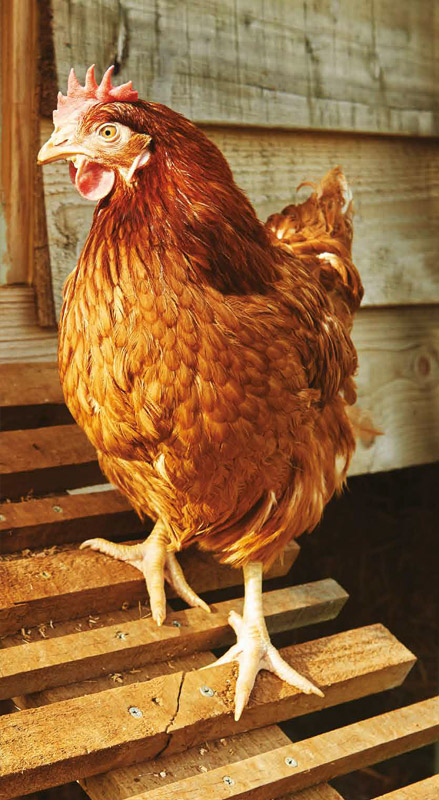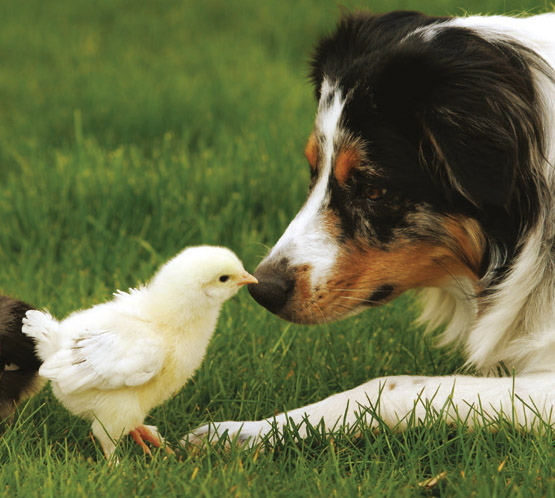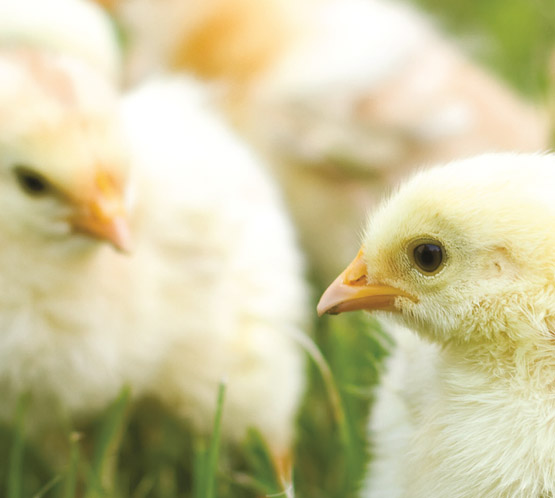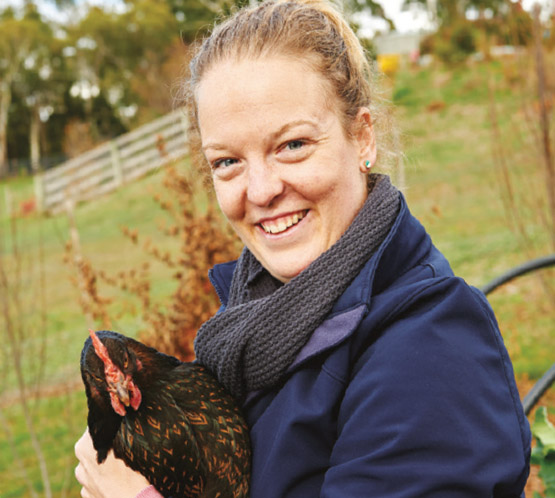CHOOSING THE RIGHT BIRDS FOR YOUR FLOCK
There are three main considerations – the breed of bird, the number of birds and their age.
Breed
What sort of birds do you want? The breed of bird should be determined by your main reasons for wanting chickens in the first place. If you like the idea of a lifetime supply of eggs, then commercial hybrids with high egg-laying potential such as the ISA Brown or Hy-line Brown are for you.
If you’re all about looks or just after a loyal chook companion, then your options are limited only by your imagination. Recommended breeds that are available in Australia are Plymouth Rock, Barnevelder, Silkie, Polish, Frizzle, and Sebright.
Number
How many should you get? Chickens are social animals, so you’ll need at least two birds for their psychological wellbeing. Council regulations may cap the number of birds you are allowed, so make sure to check these first. Otherwise the only limit is the size of your property. As a general rule, a large urban backyard with a lawn and garden can comfortably accommodate 3–4 birds. Rural lifestyle blocks can accommodate much larger flocks.
Age
While chicks are adorable, rearing chickens from day-old requires husbandry skill, time and proper equipment. For this reason, we recommend that you establish your flock first with ‘point-of-lay’ pullets (16–18 weeks). If you want chicks, it might be better to wait until they’re hatched by their mother, who will then do all the work to keep them happy and healthy.
Important: Regardless of the breed, number or age, all birds should be purchased from a reputable source: Either a commercial hatchery or a recognised breeder. Often the classified section of rural newspapers will have advertisements for poultry detailing available breeds and prices.
REPLACING YOUR FLOCK
If eggs are the main reason you’re keeping chickens, then you should consider replacing your laying birds when they reach 75 weeks/1.5 years of age. Beyond this age, they will begin to lay poorer quality eggs, and less frequently.
Once retired from active service, an older hen will still continue to patrol the garden for insects and weeds, fertilise the garden, visit her friends and provide companionship for a number of years.






